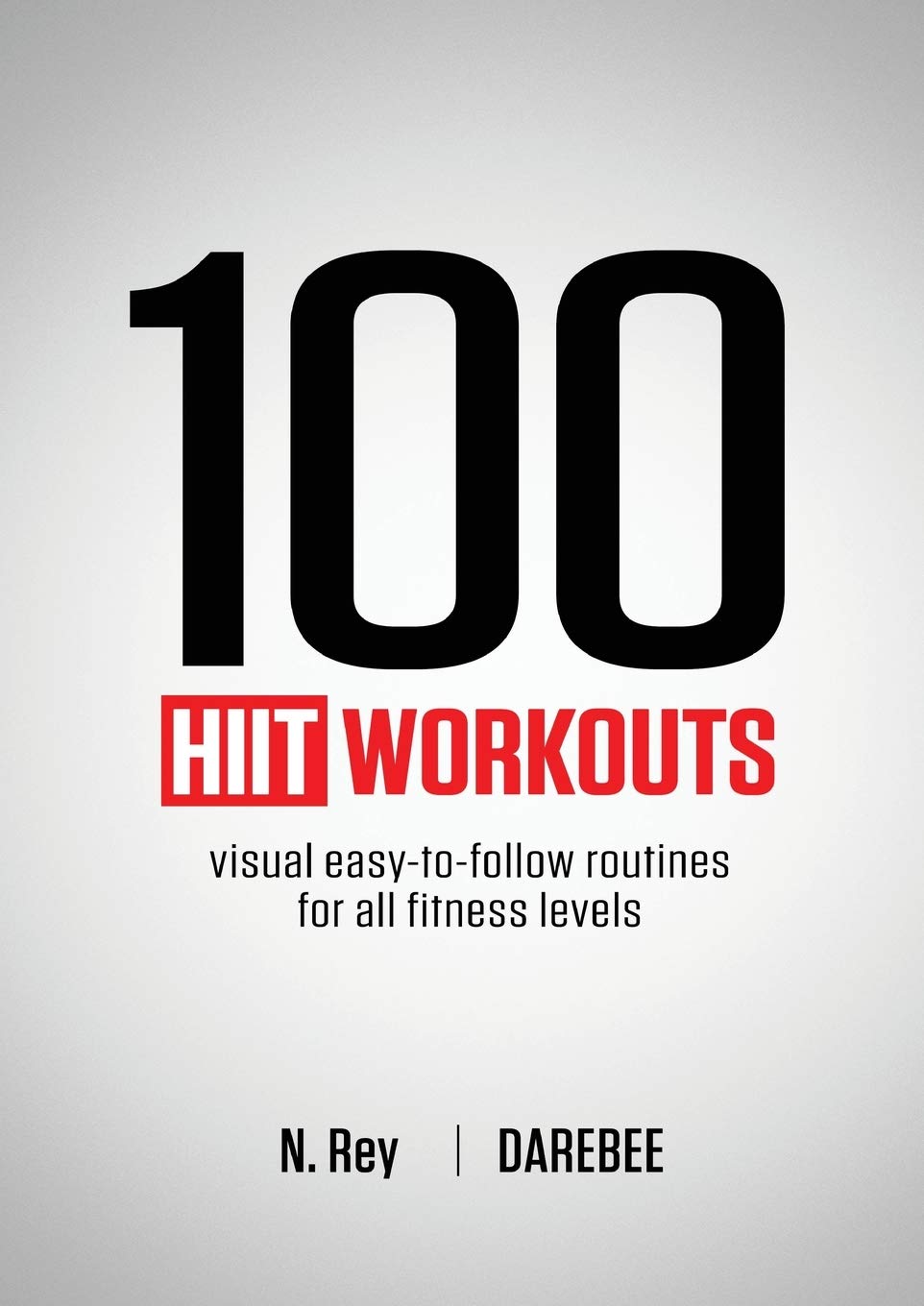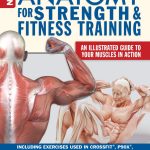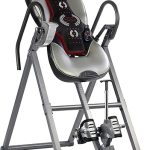This step-by-step guide will help you create your own HIIT workout plan, maximizing results in less time. HIIT alternates intense bursts of activity with short rest periods. Fun fact: Studies show that just 20 minutes of HIIT can be as effective as 45 minutes of moderate exercise!



Set Your Goals
- Identify: Determine your primary fitness goal, whether it’s weight loss, muscle gain, or improving overall fitness.
- Specify: Define specific objectives within your main goal, such as losing a certain amount of weight, increasing muscle mass in targeted areas, or enhancing cardiovascular endurance.
- Tailor: Customize your HIIT workout plan based on your defined goals and objectives. Incorporate exercises and intensity levels that align with what you aim to achieve.
- Monitor: Keep track of your progress regularly to ensure you are on the right track towards reaching your fitness goals. Adjust your HIIT routine as needed to stay motivated and see continued improvement.
Choose Exercises
Include exercises like burpees, jumping jacks, squats, and mountain climbers in your routine to target different muscle groups effectively. Start with burpees to engage your whole body, then switch to jumping jacks to elevate your heart rate. Move on to squats to work your lower body muscles and finish with mountain climbers to challenge your core and upper body strength.
Perform these exercises at high intensity by doing each one for a set amount of time or repetitions. For example, do 30 seconds of burpees, followed by 1 minute of jumping jacks, 20 squats, and 45 seconds of mountain climbers. Repeat this circuit several times to create a challenging and engaging workout that will help you build strength and improve your cardiovascular fitness. Remember to maintain proper form throughout each exercise to prevent injury and maximize the benefits of your workout.
Determine Work and Rest Intervals
Decide on the duration of your high-intensity intervals and rest periods based on your fitness level and goals. Start by setting a work-to-rest ratio, such as 1:2, to establish a balanced structure for your intervals. Beginners should aim for a 1:2 ratio, meaning if you work for 30 seconds, rest for 60 seconds. As you progress, adjust these intervals according to your fitness level and goals. Pay attention to how your body responds to each interval to determine if you need to increase or decrease the duration. By tailoring your work and rest periods in this way, you can effectively challenge your body while preventing overexertion.
Create a Schedule
- Evaluate Your Schedule: Assess your daily routine and identify time slots suitable for workouts. Consider mornings, lunch breaks, or evenings based on your energy levels.
- Plan Rest Days: Schedule at least one day of rest between HIIT sessions to allow your body to recover and prevent burnout. Listen to your body and adjust your schedule as needed.
- Set Realistic Goals: Establish achievable workout goals, such as attending 2-3 HIIT sessions per week. Start with a manageable schedule and gradually increase intensity or frequency.
- Prioritize Recovery: Incorporate activities like stretching, foam rolling, and adequate sleep into your schedule to support muscle recovery and overall well-being.
- Stay Consistent: Stick to your workout schedule to build a routine that fits your lifestyle. Track your progress and adjust your schedule as necessary to maintain motivation and results.
Warm-up and Cool Down
Start your workout with a dynamic warm-up to get your body ready for exercise. Begin with 5-10 minutes of light cardio, such as jogging or jumping jacks, to increase your heart rate and blood flow. Follow this with dynamic stretches like leg swings, arm circles, and hip rotations to loosen up your muscles and joints. Incorporate movements that mimic the exercise you are about to do, such as high knees before running or arm circles before weightlifting.
After your workout, remember to cool down to help your body recover. Spend at least 5-10 minutes doing low-intensity activities like walking or gentle stretching to gradually bring your heart rate down. Focus on stretching the muscles you worked during your workout, holding each stretch for 15-30 seconds. This will help reduce muscle soreness and stiffness. Finish with deep breathing exercises to relax your body and mind. By including warm-up and cool down routines in your workout, you can prevent injuries and enhance your performance.
Monitor Progress and Adjust
- Record details of your workouts, including exercises performed, durations, and how intense you felt each session was.
- Analyze this data regularly to track your progress and identify areas where you can push yourself further.
- Adjust your HIIT workout plan based on this information to keep challenging yourself and avoid hitting a plateau.
- Modify the intensity, duration, or types of exercises in your plan to ensure you continue making progress towards your fitness goals.
- Make changes as needed to maintain motivation and prevent boredom with your workouts.
Key Takeaways for Success
In conclusion, creating an effective HIIT workout plan requires careful consideration of goals, exercises, intervals, schedule, warm-up, cooldown, and progress tracking. By following these steps, you can design a personalized HIIT routine to reach your fitness goals effectively and efficiently.
Effective Training Strategies
Subheading: Maximizing Your Results with HIIT Workouts
- Start with a proper warm-up: Begin your HIIT workout with a dynamic warm-up to prepare your muscles and prevent injury
- Choose simple exercises: Opt for basic exercises such as squats, lunges, push-ups, and burpees to get started with HIIT workouts
- Interval training: Alternate between periods of high-intensity exercise and rest or lower-intensity exercise to maximize the effectiveness of your workout
- Gradually increase intensity: As you progress, gradually increase the intensity and duration of your HIIT workouts to continue challenging your body
- Cool down and stretch: Finish your HIIT workout with a cool down and stretching session to aid in recovery and reduce muscle soreness
HIIT Workout FAQs
Yes, HIIT (High-Intensity Interval Training) workouts can be done at home without the need for any equipment. Bodyweight exercises such as burpees, mountain climbers, jumping jacks, and high knees can be incorporated into a HIIT routine. Additionally, exercises like squats, lunges, and push-ups can also be included in a home HIIT workout. This type of workout can effectively raise your heart rate and provide a challenging workout without the use of any equipment.
HIIT (High Intensity Interval Training) involves short bursts of intense exercise followed by brief periods of rest or lower-intensity exercise. It is designed to elevate heart rate quickly and burn calories efficiently in a shorter amount of time.
Traditional cardio workouts typically involve steady-state aerobic exercises performed at a moderate intensity for a longer duration. This type of workout aims to increase endurance and improve cardiovascular health over time.
The main difference between HIIT and traditional cardio workouts lies in the intensity and duration of the exercises. HIIT is more time-efficient and can provide similar or even greater cardiovascular benefits compared to traditional cardio workouts in a shorter period of time.















